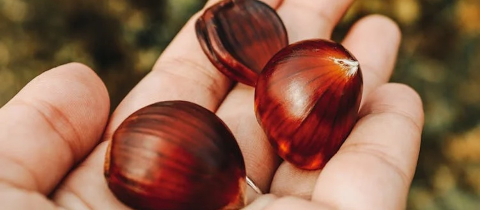Everyone has come into contact with a picky eater. And almost everyone has tried to coax these picky eaters into getting them to try something new. “How do you know you won’t like it if you’ve never tried it?” or “trust me, you’re going to love it.” And yet, often times, these picky eaters won’t budge. (And for some reason, we may even get offended that we were unsuccessful in converting their taste buds). So why is it that some people are picky eaters while others will quite gladly eat anything? Probably for the same reason that people have different preferences for music, literature, smells, and colours. What we like is determined by the unfathomable variability between us, our genetic programming, experiences, environment, and culture. Your undying love for oysters is therefore no different. (Of course there are people who are “picky” because they have nutritional issue to deal with such as lactose intolerance, allergies or celiac disease-that’s another subject)
Food preferences seem to develop arbitrarily and can change over time. Chances are that even a “good eater” has experienced some kind of pickiness or aversion within their lifetime, especially during childhood. But as the brain matures, so too does taste. In most cases, anyway. This is when pickiness will start to rear its head. And it’s not limited to taste only; pickiness can be based upon colour, texture, or smell. It could even be an aversion to a food that has touched another.
Whether something is “tasty” or not will depend upon its flavour. Vanilla, for example, contains the chemical vanillin. And whether you’re a picky eater or not, this vanilla flavour is the same for everyone. It will, however, taste different to different people. This is because flavour is a complicated sensory experience, composed of taste (gustation), smell (olfaction), and the tactile sensation of the mouth (mouthfeel). Papillae, small visible bumps lining the tongue, contain taste cells, which are clustered into buds to form neuronal connections with the brain. These taste buds, and their complex receptors, make up the four “tastes” (or five, if you’ve read the recent literature): sweet, bitter, sour, salty, and umami/savoury explain how the brain responds to what you eat. Chemicals from food dissolve in saliva, where they then enter a taste bud and bind to specific receptors on the cell. This then causes an electrical impulse to travel to the brain where it is further processed with other cognitive information, such as memory and perceptual expectations. So those pina coladas you love? Probably because they remind you of spring break.
The intensity, or concentration, of a taste will also play a role in pickiness. Spiciness, for example, is particularly polarizing. Many are able to stand the heat, while others need to shy away from even the mildest of spices. Spiciness is not a flavour, but a result of the activation of pain receptor, VR1, by various chemicals, such as capsaicin, the active component in chili peppers. It is interesting to note, however, that one can work on developing a tolerance for spiciness. Continued exposure to spicy foods cause nerve endings in the pain neurons to die off. In fact, the earlier you start exposing yourself to spicy foods the better.
Moral of the story: stop trying to get picky eaters on board.







